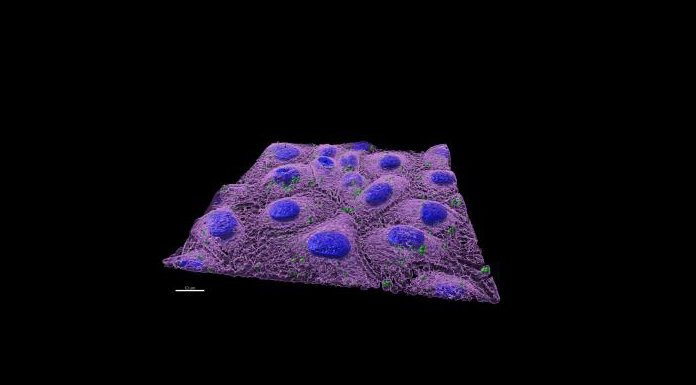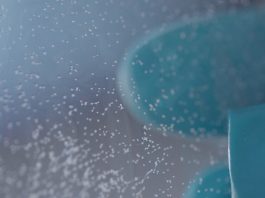A recent study has outlined the effects of nanoplastics on human health, indicating that these paticulates can penetrate the cells and alter our intestinal microbiome.
A revised study by the Universitat Autónoma de Barcelona (UAB), the Center for Ecological Research and Forestry Applications (CREAF), and the University of Aviero, Portugal, examined the effects of nanoplastics on human health. The team revealed that nanoplastics can change the composition and diversity of our intestinal microbiome, potentially causing further damage to our health.
This effect can be seen in both vertebrates and invertebrates. Alterations in the immune, endocrine, and nervous system often follows alteration of the gut microbiome and therefore, the study alerts that stress to the gut microbiome could alter the health of humans.
The health effects of being exposed to nanoplastics was traditionally evaluated in aquatic animals such as molluscs, crustaceans, and fish. Recent in vitro analyses, using cell cultures of fish and mammals, has allowed scientists to analyse the changes in gene expression associated with the presence of nanoplastics from a toxicological viewpoint.
As published in the journal Science Bulletin, the majority of neurological, endocrine, and immunological tracts in these vertebrates are very similar to those of humans, and therefore authors warn that some of the effects observed in these models could also be applied to humans.
Understanding and analysing the process through which these plastic fragments penetrate the organism and harm it is fundamental, as is determining precisely the amount and typology of nanoplastics polluting the environment.
Mariana Teles, researcher at the UAB, in collaboration with other researchers such as Josep Peñuelas, CSIC lecturer at the CREAF, comments: “This article does not aim to raise the alarm, but it does seek to warn about the fact that plastic can be found in almost everything surrounding us, it does not disintegrate, and we are constantly exposed to it. At the moment, we can only speculate on the long-term effects this can have on human health, although we already have evidence in several studies describing hormonal and immune alterations in fish exposed to nanoplastics, and which could be applied to humans.”
Assessing the toxicity of nanoplastics
The study presents the main environmental sources through which nanoplastics enter the human body and summarises how they are able to penetrate the body: by ingesting them, occasionally inhaling them, and very rarely by being in contact with human skin.
Once they are ingested, up to 90% of the plastic fragments that reach the intestine are excreted. However, one part is fragmented into nanoplastics which can penetrate the cells and cause harmful effects.
The study establishes that alterations in food absorption have been described, as well as inflammatory reactions in the intestinal walls, changes in the composition and functioning of the gut microbiome, effects on the body’s metabolism and ability to produce, and lastly, alterations in immune responses. The article alerts about the possibility of a long-term exposure to plastic, accumulated throughout generations, could give way to unpredictable changes even in the very genome, as has been observed in some animal models.
Teles said: “To solve this problem of plastic pollution, human routines must change, and policies should be based on informed decisions on the known risks and available alternatives. Individual actions such as the use of more environmentally-friendly products and an increase in recycling indexes are important.”









